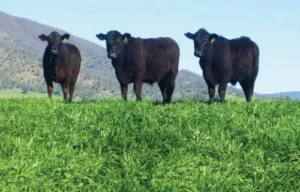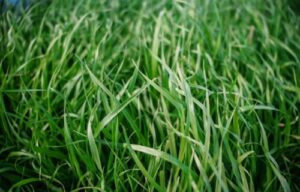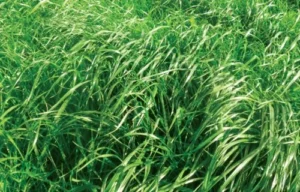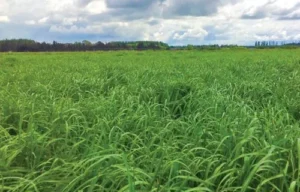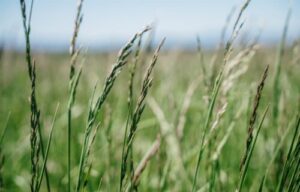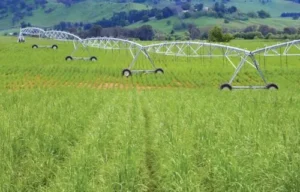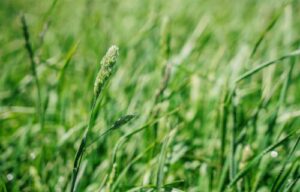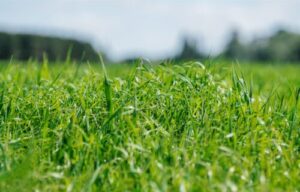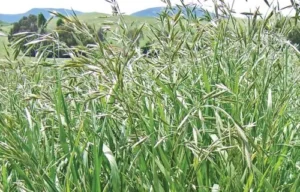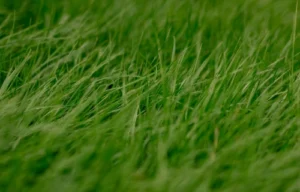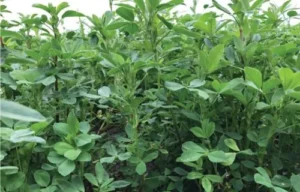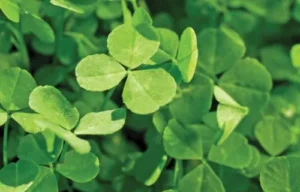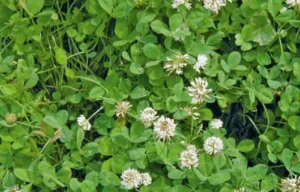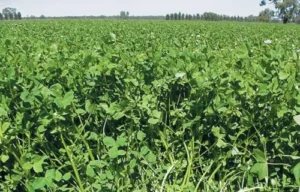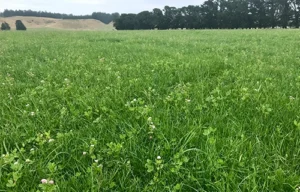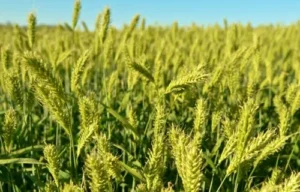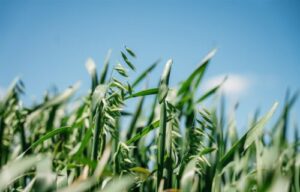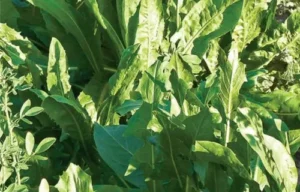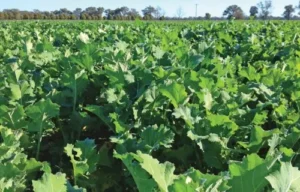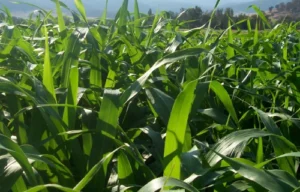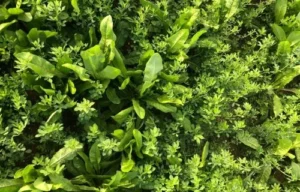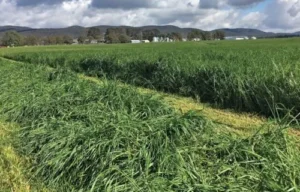Drover
Cocksfoot
Drover is an acid tolerant, Australian bred cocksfoot which sets the benchmark for Mediterranean-type cocksfoots.


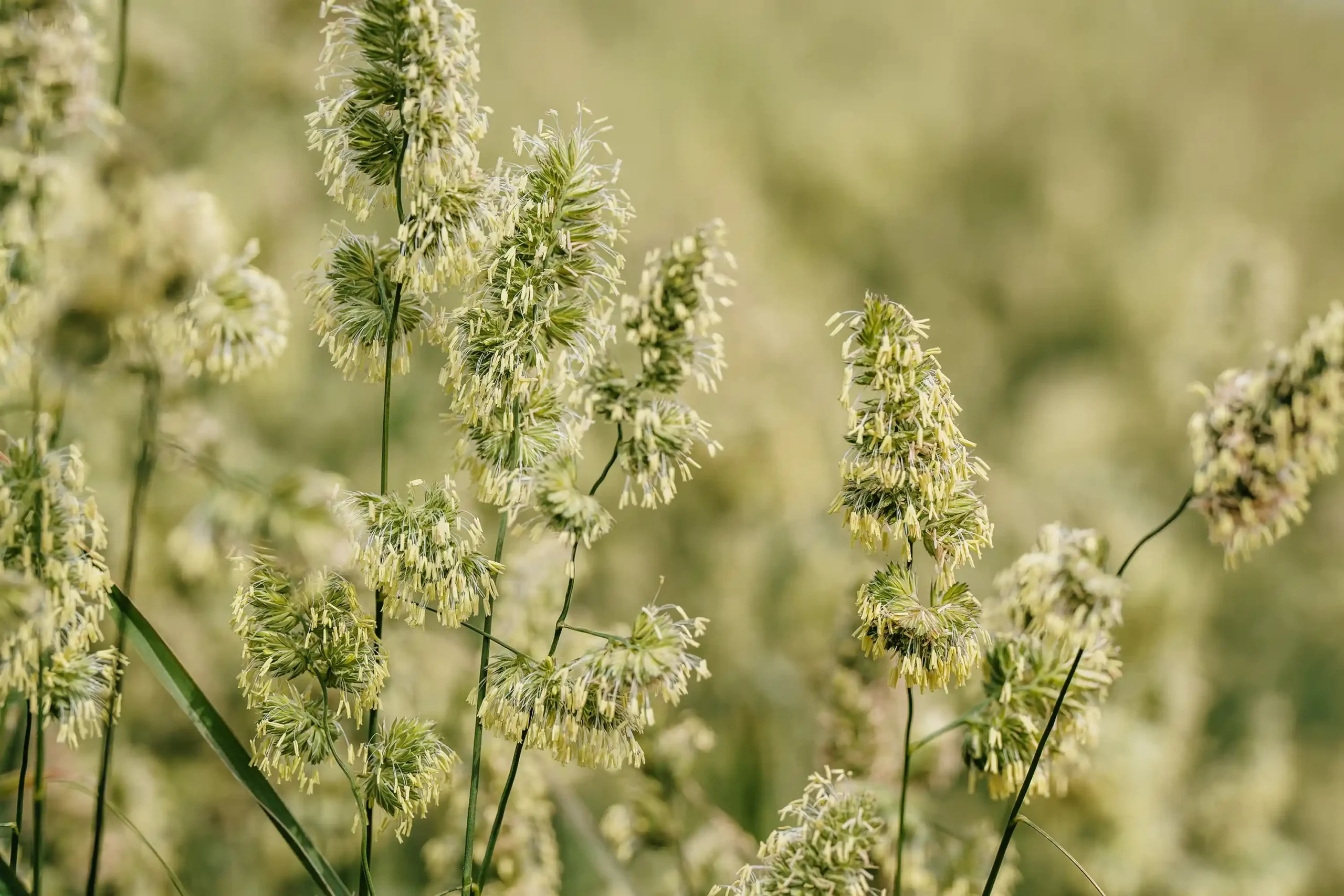
Scientific Name

Dactylis glomerata
Sowing Rate

2 – 4 kg/ha
Blend Rate

1 – 3 kg/ha
Seed Size

1,344,000 seeds per kg
Source: Pasture varieties used in NSW 2006-2007, Bev Zurbo, 2006
Activity
Mediterranean – Summer Dormant
Drover has similar summer activity to Porto.
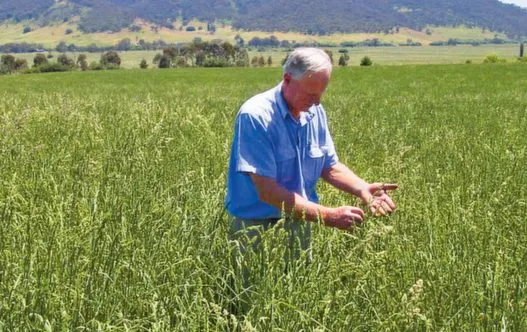
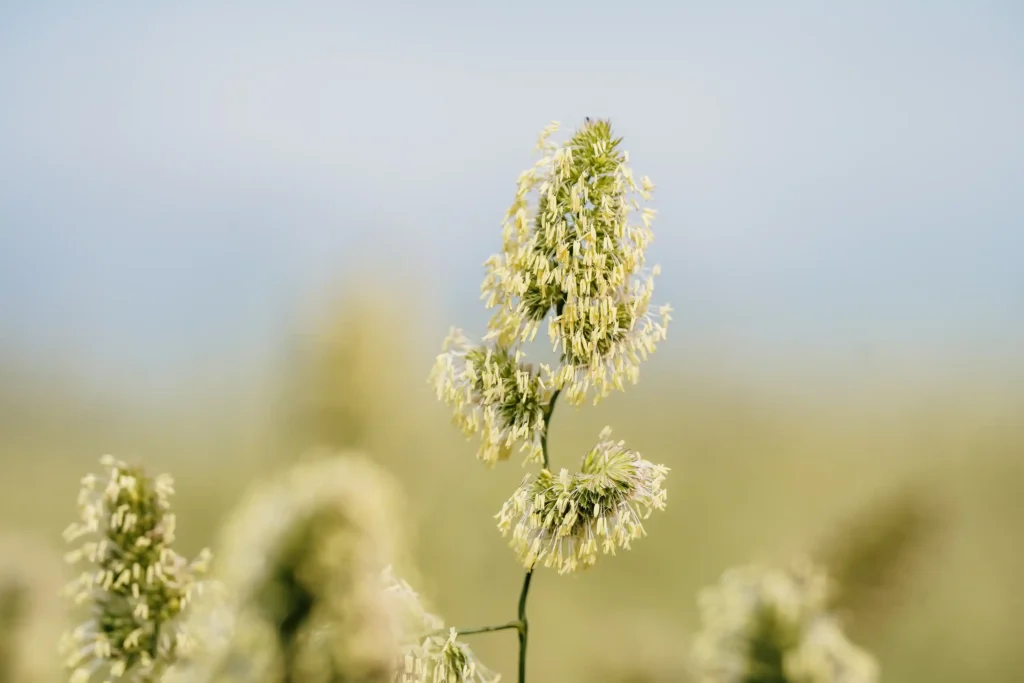
Key Features
Earlier maturing than traditional cocksfoots
Excellent palatability
High dry matter production
Persistent and hardy perennial grass
Increased winter activity
Plant Characteristics
Semi-erect growth habit
Perennial tussock-forming grass
Soft leaf, very palatable compared to Porto
Where can I grow it?
Rotational grazing systems with a minimum of 450mm annual rainfall
Sensitive to waterlogging
Frequently Asked Questions
Soil Type
Drover cocksfoot has an ability to thrive under acidic granite soil conditions. To maximise stand productivity soil testing is advisable. Analyse soil and neutralise deficiencies with fertiliser and/or lime.
Fertility
Cocksfoot is very responsive to annual autumn phosphorus and sulphur fertiliser applications. DM production is directly related to nitrogen availability. Consult your UMS agronomist or fertiliser advisor for nitrogen application rates. Adding a legume component (such as sub clover) to pasture mixes containing Drover is recommended for fixing nitrogen.
Sowing
Cocksfoot is best sown in autumn. While early growth is slow, it is generally more vigorous than phalaris or fescue. It is a very light, fine seed and should be sown at 2-4 kg/ha on its own or at 1-3 kg/ha in combination with another grass.
Sow seed no deeper than 1cm in a fine but firm seed bed. Sow into bared ground if direct drilling. Lightly harrow and roll to improve germination.
Disease and Pest Management
During emergence it is essential to monitor regularly for damage from insects such as RLEM and lucerne flea, and spray as required. Inspect during early stand life for populations of black-headed cockchafer and slugs. Contact your UMS agronomist for spray application rates.
Weed Control
Cocksfoot is a slow establishing species so early weed control is crucial to long term viability of the stand. Always use knockdown herbicide to ensure you are sowing into a clean seedbed. Monitor for post-emergent weeds and spray as required. Use options such as spray-grazing for broadleaf weeds once stand is established.
Grazing
Due to its poor seedling vigour, Drover cocksfoot needs to be managed carefully through the first season by only lightly grazing. In regions where summer rainfall is common, pastures containing cocksfoot can continue to be rotationally grazed throughout the summer.
Feed Quality
Drover has improved palatability over traditional cocksfoot varieties. It is an excellent ingredient in long-term perennial pasture mixes.
Animal Health
To optimise livestock weight gain and health, ensure livestock are vaccinated and drenched. To prevent nutritional problems, make gradual diet changes when introducing hungry stock to lush pastures. Consult your UMS agronomist for more information.

